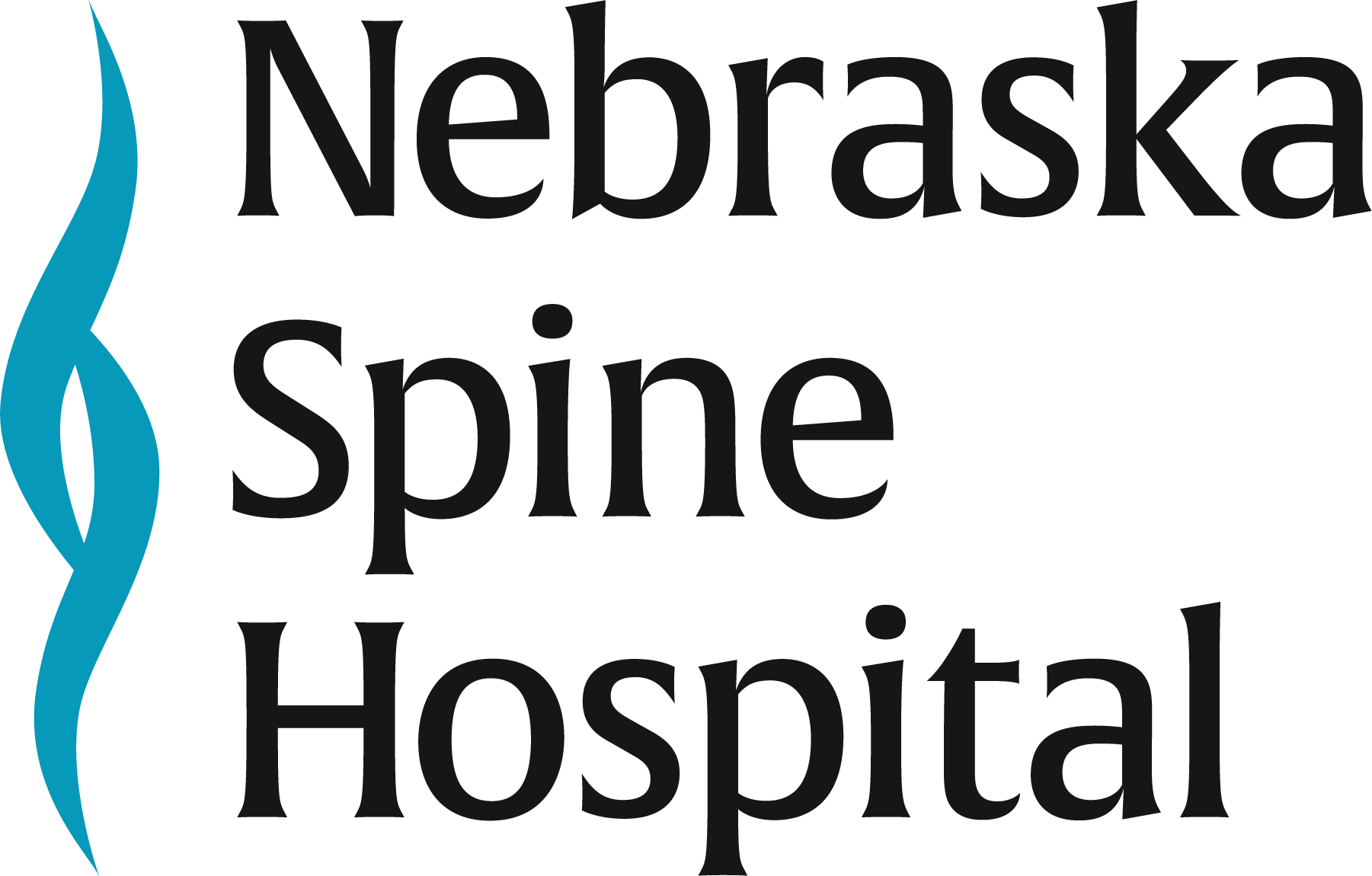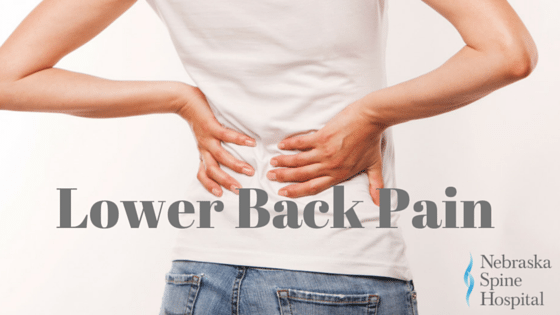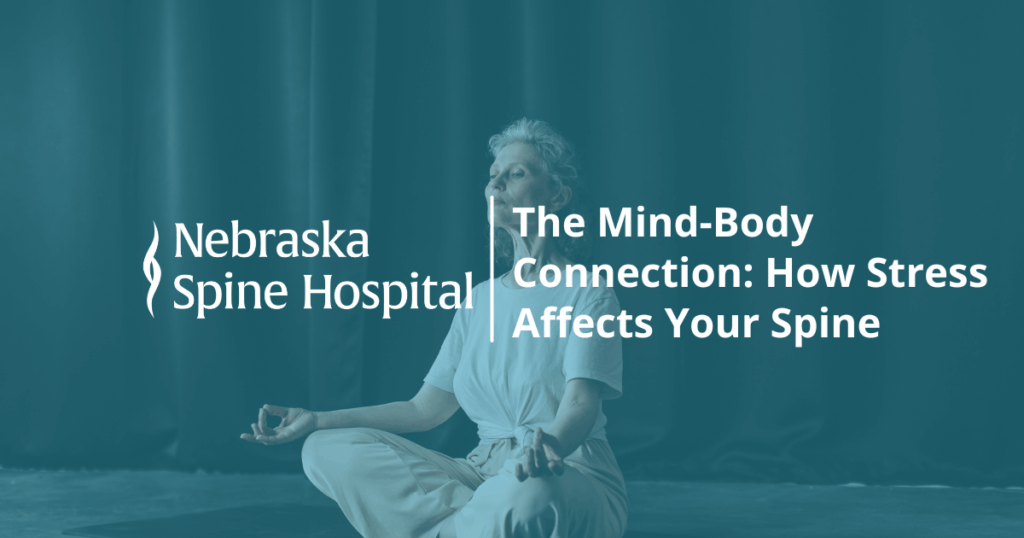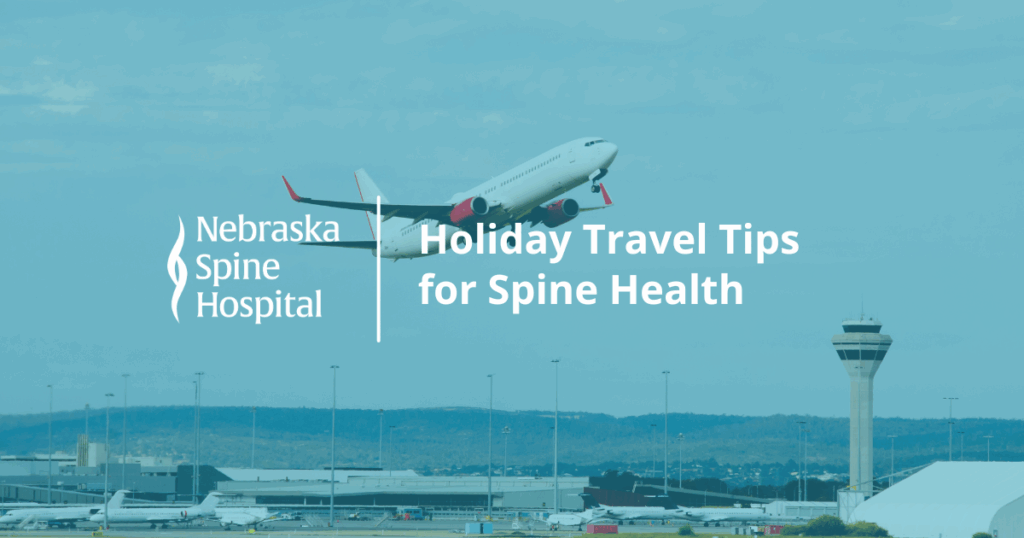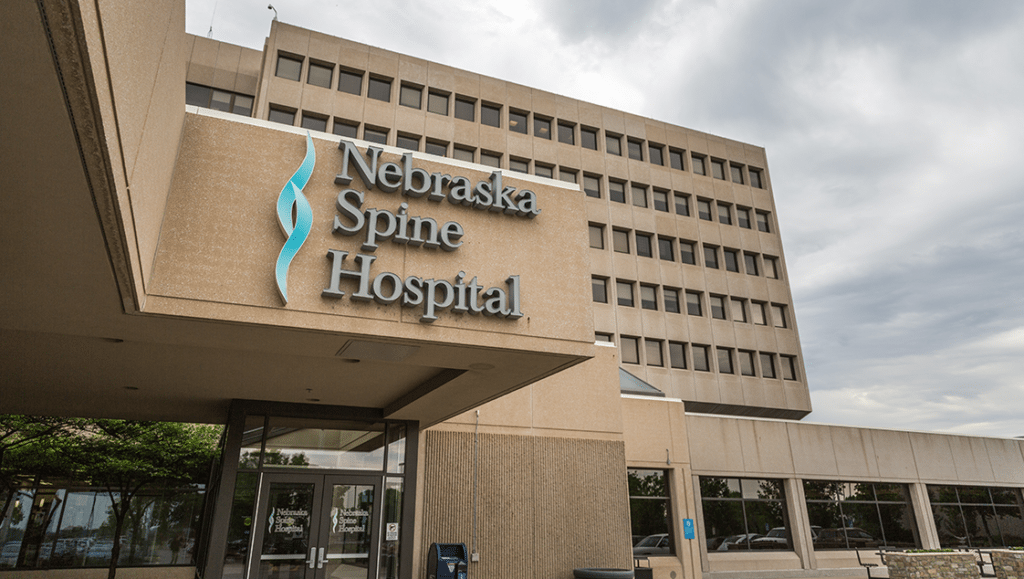Lower Back Pain
Back pain, it’s our specialty here at Nebraska Spine Hospital. Recently we’ve talked about the not-so-common causes of upper back pain so today let’s talk a little bit about something most of you have probably experienced, lower back pain. Research suggests that over 80% of adults will experience one or more episode of back pain in their lifetime. And as such, we’d like you to be educated about the symptoms, causes and treatment of a couple of the most common types of lower back pain.
There’s a lot going on in your lower back. As we discussed in our upper back pain blog, when we think of back pain, generally, we tend to to think of the lumbar spine, or lower back, and cervical spine (the neck). Both of those common areas of the spine are designed to provide you with mobility instead of being strong and stable like your upper back. Because of this, any number of sources can cause lower back pain. Such as:
-
The large nerve roots in the low back that go to the legs may be irritated.
-
The smaller nerves that supply the low back may be irritated.
-
The large paired lower back muscles (erector spinae) may be strained.
-
The bones, ligaments or joints may be damaged.
Symptoms
While lower back pain is extremely common, the symptoms of such can vary greatly. Usually, younger people aging in range from 30-60 years old are the most susceptible to lower back pain. Here are the most common symptoms of lower back pain, as described from Spine-Health.com:
Symptom:
-
Severe or aching pain in the lower back that starts after activity, sudden movement, or lifting a heavy object. You may experience difficulty moving, pain that moves around to your groin or buttox, achy, dull pain, muscle spasms, and soreness at the source of the pain.
If you are experiencing any of these symptoms, you could be experiencing back muscle strain, which is one of the most common types of acute lower back pain.
Symptom:
-
Lower back pain that travels to the buttox, leg or foot. You may experience constant pain in only one side of the buttock or leg (rarely can occur in both legs), pain that i s worse when sitting, burning or tingling down the leg (vs. a dull ache), weakness, numbness or difficulty moving the leg or foot, or a sharp pain that may make it difficult to stand up or to walk.
If you are experiencing any of these symptoms, you may be suffering from sciatica. Typically the cause of sciatica is a lumbar herniated disc.
Treatment
Just as a patient’s lower back pain type and severity differs, as will treatment. The majority of lower back pain cases are acute, meaning they last and can be treated within six weeks without surgery. The most common type of treatments, though, are lower back pain exercises. Aside from that, you should rest; cease all activity for at least two days, if you can, to allow injured tissue and irritated nerves to begin to heal. However, this inactivity can also lead to weakness, that’s why you are encouraged to do lower back pain exercises as a part of your treatment plan.
Heat and cold therapy is an excellent choice in the treatment of lower back pain because it reduces inflammation; a major source of the problem. Some prefer one or the other, but both can be used intermittently.
Medications are a viable option for lower back pain as well. Each medication has it’s own unique risks and side effects so always consult with your physician before taking any medications.
Always, the hope is that conservative treatments will be effective and the healing process will be quick and your quality of life will return soon. However, when surgery is indicated, Nebraska Spine Hospital is here to provide you the very best in spine surgery. Nebraska Spine Hospital is the first of its kind in the region, a specialty hospital within a hospital model that focuses only on conditions of the spine.

